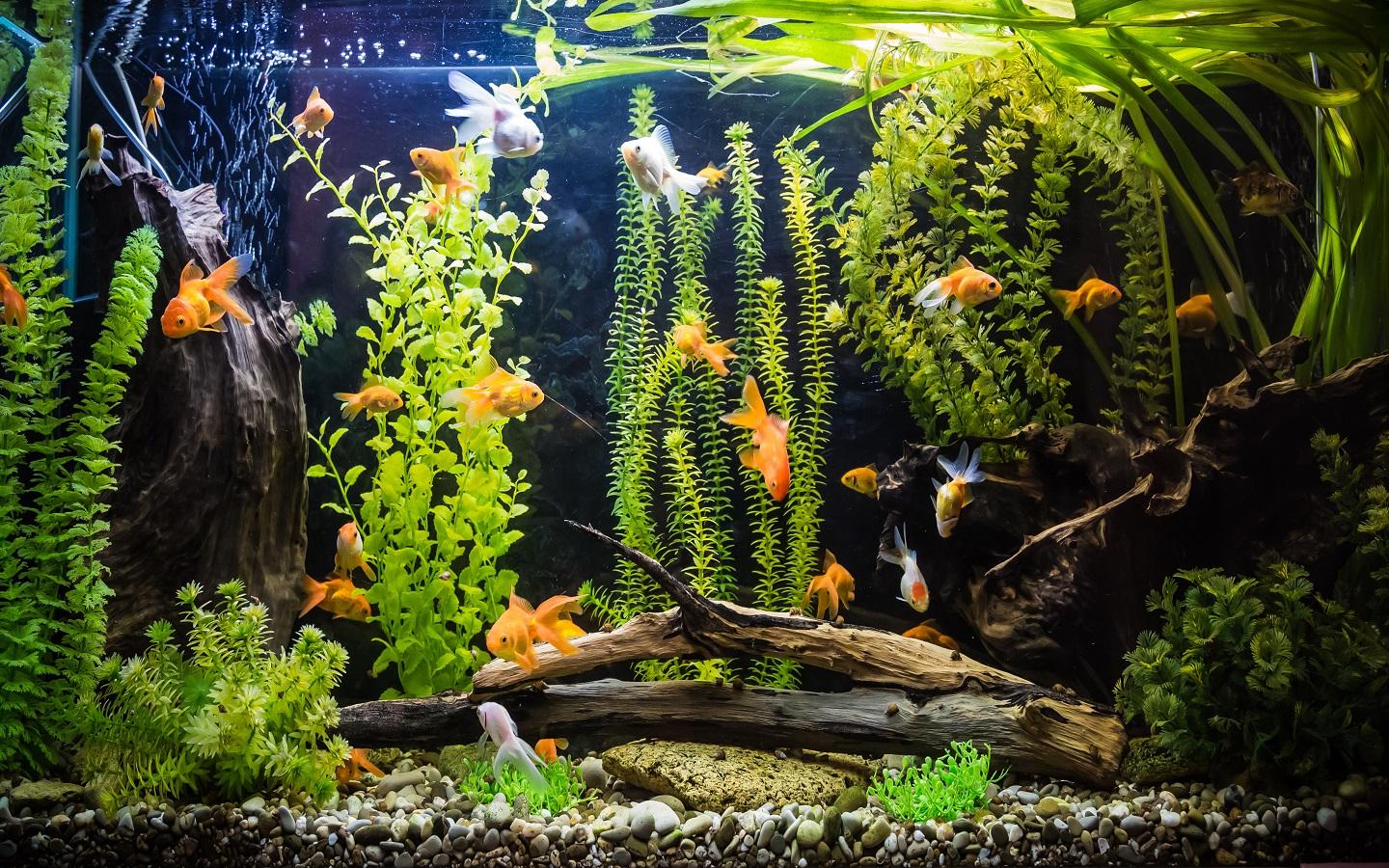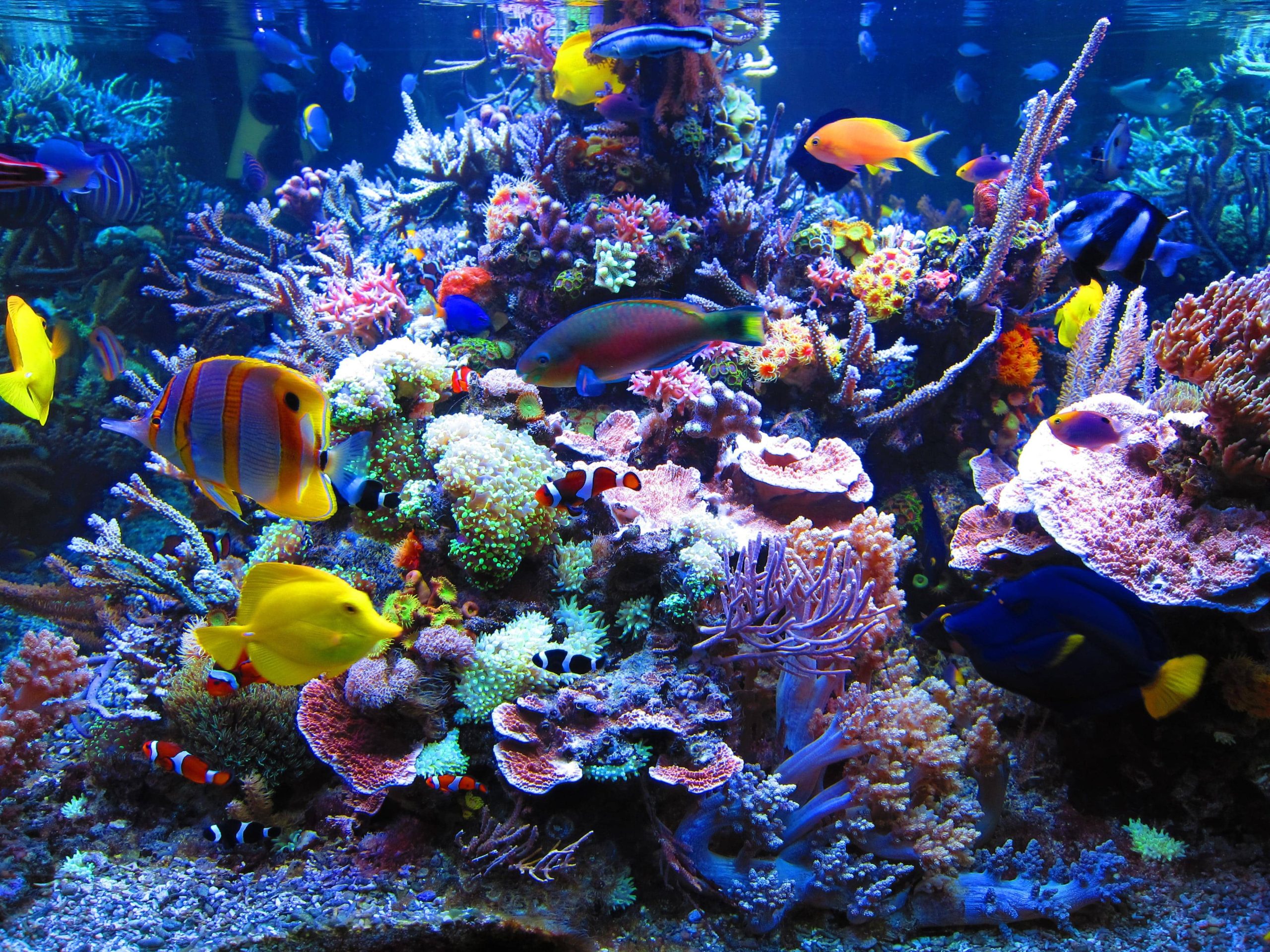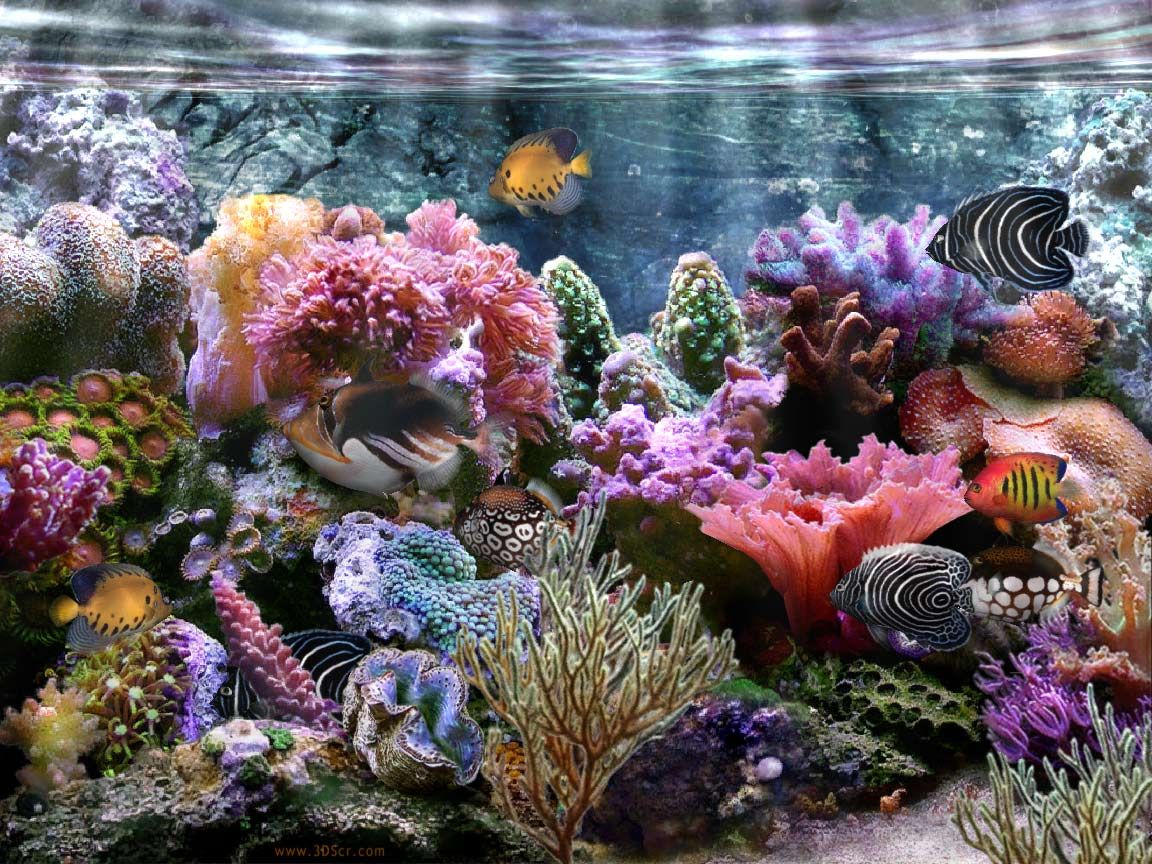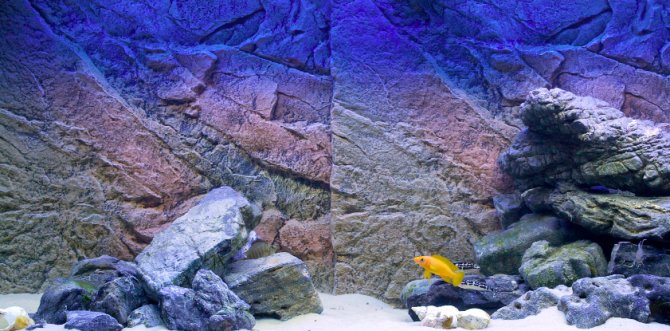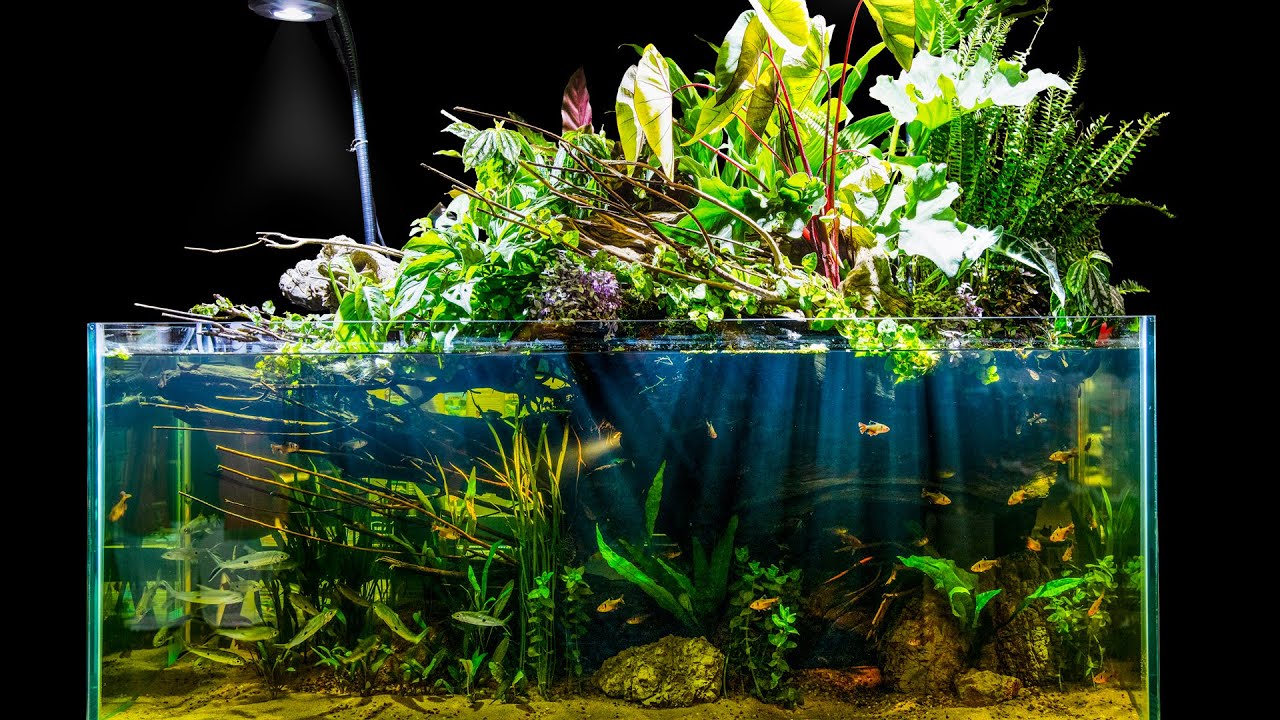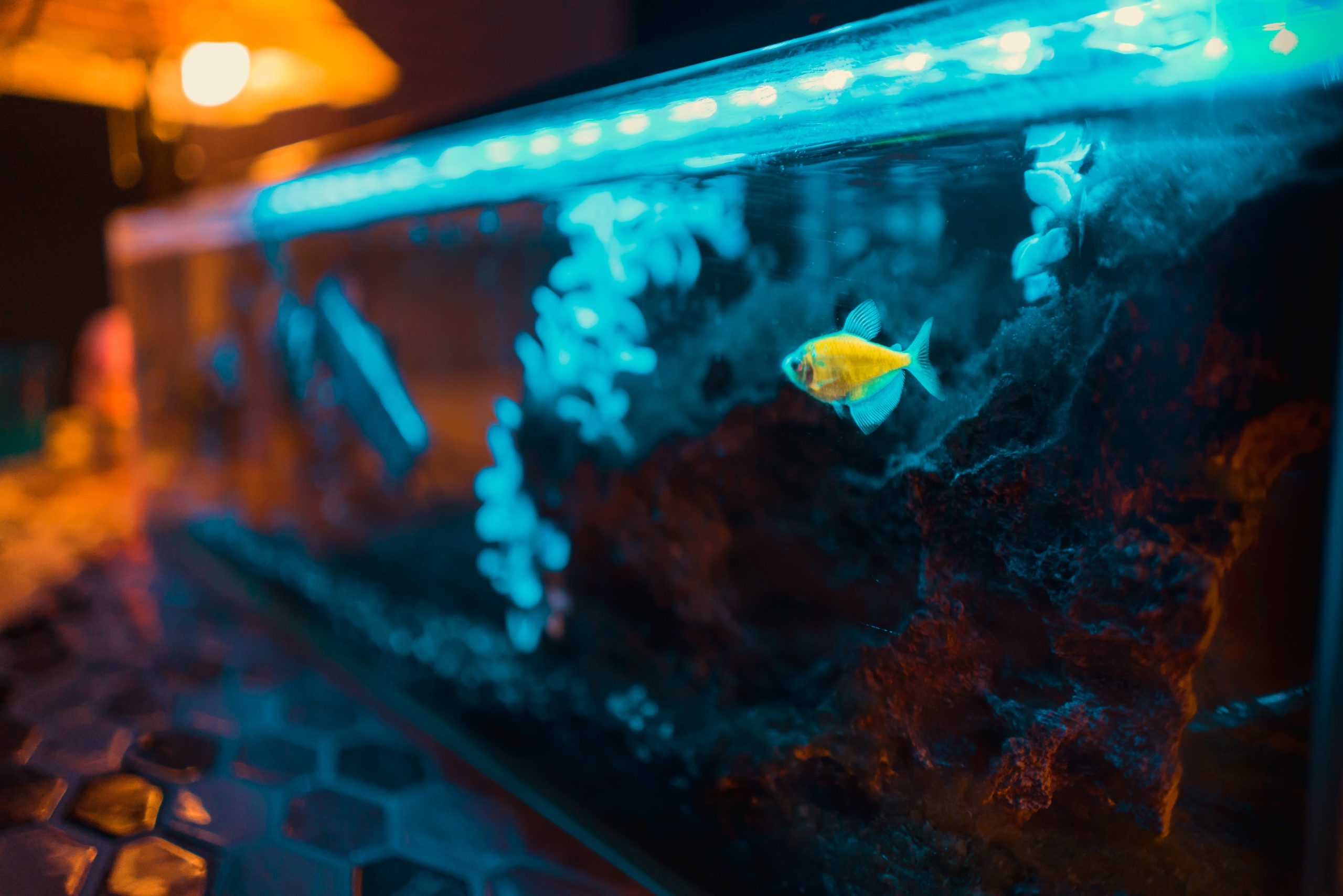Fishkeeping is an enjoyable and peaceful hobby. Aquariums add a very nice atmosphere to their environments. There are common mistakes first-time aquarists make. In this article, we will consider these errors. We hope it will be useful for you.
Misuse of Tap Water
Tap water is frequently used in aquariums. Tap waters sometimes contain chlorine. Chlorine is not a serious problem that threatens human health. However, for aquarium inhabitants, chlorine can result in death. Let sleep if you suspect it is chlorinated or chlorinated for at least 24 hours or use water conditioning products to get rid of chlorine.
In addition to chlorine, other harmful substances can be found in tap water. Ammonia and nitrite can also be found in the water. In this case, either the water source should be changed or water conditioning agents should be used.
The pH value of tap water in every part of the world is different from each other.
The pH of the water can be too high or too low. Heavy metals and large amounts of nitrates can be found in the water. Excess nitrate makes partial water changes meaningless. For such a water source, the best thing to do is to have an RO filter.
Failure to Create the Aquarium Nitrogen Cycle
Fish waste pollutes the aquarium water and creates unviable water conditions for the fish. The filter systems in our aquariums have the duty of biological cleaning as well as physical cleaning. There are many aquarium lovers who are unaware of the nitrogen cycle, who do not know that fish waste contaminates the water and must be removed before it can cause illness. Although the fish pollute the water every day, we do not change the water every day. Because contaminated water becomes less harmful for fish thanks to the nitrogen cycle and creates water conditions in which fish can live.
The nitrogen cycle is the cycle formed by a natural beneficial bacterial culture that develops in the aquarium over time. The beneficial bacteria in the aquarium consume ammonia released from fish waste, first converting it to nitrite and then to nitrate. It is not as dangerous as nitrate, ammonia and nitrite. Generally, it does not poison fish until it reaches 30-40 ppm (30-40 per million). Of course, keep in mind that for sensitive species like discus it should be less.
When the nitrogen cycle is established in the aquarium, there is no ammonia and nitrite in the water as it is converted into nitrate by beneficial bacteria. As you can imagine, the amount of nitrate in the water increases as a result of this cycle. The nitrate amount should be kept within acceptable limits by making regular partial water changes. Adding herbs will help reduce the amount of nitrate.
Useful bacteria do not occur immediately in newly set up aquariums. Water, a working filter and ammonia are required for nourishment and reproduction. Completion of the cycle, ie adequate growth of the bacterial colony, varies between 2 and 6 weeks. Once the nitrogen cycle is complete, your aquarium is safe for your fish. You should not add fish to your aquarium before the nitrogen cycle is complete.
Most aquarium lovers do not want to run an aquarium that does not contain any living creatures for 1-2 months. Though brutal to some of us, you can start the nitrogen cycle by putting a hardy fish in an aquarium. The accuracy of the application is questionable, but it is the method used. If you are too impatient to wait 1-2 months, you can reduce the time to 1 week with bacteria starter cultures.
Wrong Filter Cleaning
Filters in our aquariums are not just for physical cleaning. They are also necessary for biological cleaning. Most of the beneficial bacteria live inside the filter. The filter of the carbon filter can make the water clean and odorless. However, the main reason to have a filter is because it is home to a beneficial bacterial colony.
Bacteria live in the filter screen. The filter screen must be carefully cleaned to ensure that the installed nitrogen cycle is not interrupted. Clean the strainer in the water that you drain with the bottom pull. It is enough to gently clean the dirt it collects. It would be wrong to clean it under running water. Because the chlorine in tap water kills bacteria. Therefore, the filter must be cleaned with the water taken from the aquarium.
If a double strainer filter is used, it will be easier to clean. Cleaning one of the strainers every week will prevent serious losses of the bacterial colony.
Wrong Bottom Siphoning and Partial Water Change
No matter how good your filter is, nitrate will accumulate in the aquarium water. The only way to cope with the increased nitrate amount is to do a partial water change. The less biological waste is, the less you have to do a default water change per week. Unless otherwise stated, 20-25% water change is required.
Of course, you will not drain the water from the aquarium with the cover. With the bottom broom, collect the accumulated accumulation of the aquarium and drain the water wherever you want. Otherwise, residues that are not cleaned for a long time will cause sudden increases in the amount of ammonia, nitrite, and nitrate.
Changing All of the Water
If there is no special situation, do not change more than half of the water within 24 hours when changing the water. Such large amounts of water changes are detrimental to the beneficial bacterial colony. More importantly, your fish can be exposed to pH shock. pH is the acid or alkaline level of the water. If the water is acidic, it is soft and alkaline water indicates that it is hard. The pH range your fish can live in can be wide. That’s not the problem anyway. The real problem is sudden changes in pH. It just causes stress. It is a serious problem that will cause death.
The pH value of the water you take from the tap may be very different from the pH value after 24 hours of rest.
The pH value of the aquarium water should not change suddenly. The change within 24 hours can be at most 0.5. From here you should better understand why partial water changes need to be made gradually. If you need to change large amounts of water, do so within a few days. Doing all at once will be detrimental to beneficial bacteria culture and harmful to your fish.
Fish Placing Incorrectly in the Aquarium
Many new aquarists are looking forward to filling their aquariums with fish. You can put 30 guppies in a 50 liter aquarium. Decide whether this is true or not by thinking for yourself. Would you like to live in the same room with hundreds of people? Nitrate poisoning happens precisely for this reason. You can try to prevent nitrate poisoning by making frequent water changes. Still, you cannot protect your fish from stress and the diseases it will bring. Therefore, the best method is to pay attention to the number of creatures that can be found in the aquarium and not exceed the aquarium capacity.
Another issue is to bring the fish together with the aquarium. Do not leave the fish you brought home from the aquarium with a bag full of water. You must first inform them about the aquarium’s water temperature and chemistry. For this, keep the bag full of water in your aquarium for 15-20 minutes. If you think the water temperatures are equal, slowly pour the water in the aquarium into the bag with the help of a syringe or container. This way, your fish will also get used to water chemistry. You can leave your fish in the aquarium when most of the water in the bag is aquarium water. However, do not mix the water from the sachet into the aquarium, otherwise you may carry disease. Take your fish and slowly drop it into the aquarium. Then turn off the aquarium lighting to make it easier for your fish to get used to the aquarium.
Aquarium Lighting
You have to think of aquarium lighting like the sun. Fish that do not receive sunlight for 24 hours in their natural environment should be illuminated similarly to their natural environment in the aquarium environment. Keeping the lighting on for a long time will cause your fish to be stressed. This will negatively affect the immune system and cause your fish to get sick more quickly. It is not recommended to keep aquarium lights on for more than 12 hours. In addition, keeping the light on for a long time can cause algae to grow in the aquarium. You can automatically adjust your aquarium lighting with timeable sockets.
Malnutrition of Fish
The two most dangerous substances in aquarium water are ammonia and nitrite. Overfeeding is solely responsible for the sudden increase in amania and nitrite. You should give as much feed as your fish can consume within a few minutes. Any food left in the aquarium for a longer period will slowly pollute the aquarium water. Food that is not eaten for a long time should be taken out of the aquarium by physically intervening. If baits remain in the water, sudden increases in ammonia and nitrite levels are inevitable.
Fish Types
Beginners often want to put all the beautiful looking fish in their aquariums. It should not be forgotten that all aquarium fish live in different geographies and each fish has different needs. The community aquarium you will establish should be able to meet the needs of every fish. In order for the fish you choose to live in the same aquarium, they must have common features and must be compatible with each other. There are some questions you should ask yourself when choosing your fish.
- What should the water hardness and pH value be?
- How big will my fish grow?
- Are they peaceful or aggressive?
- At what temperature can they live?
- Are they happy when they live alone or when they form a herd?
- What should be the male to female ratio?
- What is the minimum aquarium size for my selected species?
For example; You cannot keep goldfish and guppies in the same aquarium because goldfish are cold water fish and guppy fish are tropical fish and need warmer water. When you buy Oscar fish, it can be 3-4 centimeters but eventually it reaches 30-35 centimeters. Therefore, if you do not have a very large aquarium, you should not buy more than one or two oscar fish. Most cichlid species are aggressive and attention should be paid to the male / female ratio. Neon tetras are happy when they flock, and at least 6 neon tetras should be kept in the aquarium. Tetrazon is a tail-eating fish. If placed in the same aquarium with a long-tailed slow swimming fish, it will bite and injure the tail of the fish.
Use of Medicines
Prevention of diseases and adversities in aquariums should be the primary goal. Use of medication should be a last resort. If your fish is sick, you are probably experiencing water pollution. Water contains ammonia and nitrite, or the nitrate amount is dangerous. If your fish have fungi, bacterial infection or parasites, the first thing to do is to check the water values. Regardless of the illness, begin a partial water change immediately. If your freshwater fish are not bothered by a small amount of salt, use aquarium salt. For example, for guppy fish, add 1 small spoonful of salt to every 5 liters of water. When you complete the evaporating water, do not add salt again.
Many diseases can be cured early, using partial water changes and aquarium salt. Both drugs can have side effects. For example, copper-containing medicines are fatal to snails and shrimps. The medicine you use may be killing beneficial bacteria. In this case, ammonia poisoning occurs. Perhaps you will lose more fish than the disease can kill.
If you have a sick fish, put it in a separate quarantine tank. In this way, the disease will not infect your other fish. Use medication if you see it necessary. When choosing a medication, be aware of the side effects.
Bonus: Rude Behavior of Experienced Aquarists
One of the most important problems for beginners is that they are despised by experienced aquarists, and sometimes even being treated as insulting.
Unfortunately, experienced aquarists sometimes forget their past and can be very rude to beginners. The thing is, when everyone first starts fishkeeping, they learn about this hobby from uninformed people in pet shops. As time passes and experience is gained, it is understood that people in pet shops are uninformed. In some cases, you will soon realize that irresponsible pet shop owners torture fish. For example, betta splendes are sold in glasses.
Many experienced aquarists are also more rude to beginners because of this sensitivity. However, experienced aquarists need to guide the beginners and be as gentle as possible. Many people abandon fishkeeping because of the rude behavior of experienced aquarists. All their enthusiasm runs away. Instead, we need to guide beginners and spread this hobby.
Conclusion
In this article we have prepared for beginners, we talked about common mistakes. By paying attention to these situations, you can have healthy fish.

